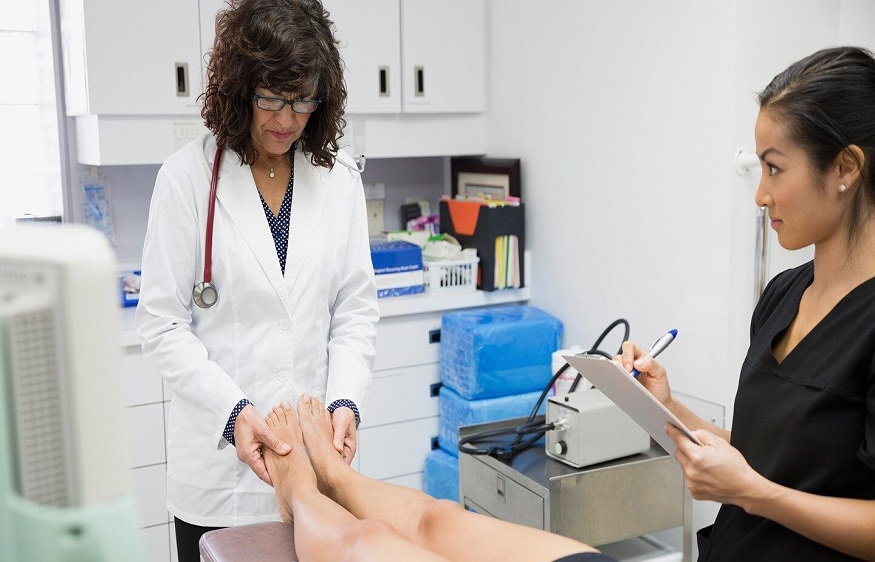Diabetes can cause various problems over time, many of which can be fatal if not recognised and treated early. Diabetes patients frequently experience foot difficulties.
You can reduce your risk of diabetes-related problems by maintaining a healthy blood sugar level and visiting your doctor for frequent checks. By frequently inspecting your feet, you may also reduce your chances of acquiring foot issues. If issues arise, you will be more likely to recognise them quickly and receive appropriate treatment. Building proper foot care habits may require time and effort, but it is an essential element of diabetes control.
How to Care
You may take many steps to lower your risk of having foot issues. In addition to controlling your blood sugar, appropriate diabetic foot care routines and frequent foot checks are essential for avoiding issues.
Importance of blood sugar control — Keeping your blood sugar levels near your target as feasible will lower your risk of all diabetes-related problems. Managing your blood sugar includes frequent doctor visits, good food and lifestyle adjustments, and taking your medications as prescribed. More information about diabetes management is available separately.
Quit smoking – Smoking can aggravate cardiac and vascular issues and limit foot circulation. If you smoke, one of the essential things you can do to improve your health and lower your risk of problems is to quit. While this might be challenging, your healthcare physician can assist you and give you other options for assistance.
Avoid activities that might cause foot injury – Certain activities increase the risk of foot damage or burns and should be avoided. Walking barefoot (because you could tread on anything without noticing it), putting a heating pad or hot water bottle on your feet, and going into a hot bath before evaluating the temperature are all examples.
Wash and inspect your feet regularly – Clean your feet with lukewarm water and a light soap. Dry your feet thoroughly with a clean, absorbent towel, specifically to the crevices between your toes. Apply a hydrating cream or lotion. Examine the entire surface of both feet for skin breaks, blisters, swelling, or redness, particularly between and behind the toes, where injury may be hidden. Avoid popping blisters or breaking the skin of your feet. If you detect any changes or difficulties, notify your healthcare practitioner immediately.
Choose socks and shoes with care – Wear cotton socks that fit loosely and change your socks daily. Choose snug but not tight shoes, and break in new shoes gradually to avoid blisters. To reduce persistent pressure on one portion of your foot, it may be beneficial to rotate several pairs of comfortable, well-fitting shoes. Ask your provider about personalised shoes if you have foot deformities or ulcers; this might lower your risk of foot ulcers. Shoe inserts can also soften your steps and relieve strain on your feet’s bottoms.
Check for foot-related issues frequently – Although this should be a common aspect of most medical appointments, it is sometimes ignored. Don’t be afraid to request a foot check at least once a year and more frequently if you observe any changes.

